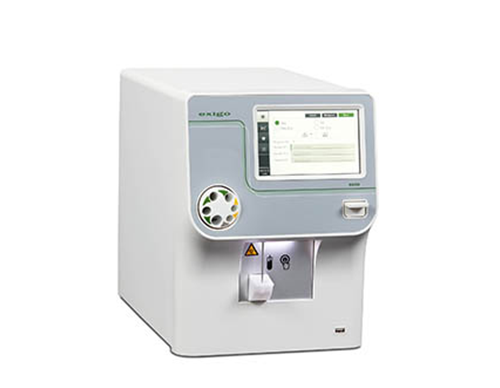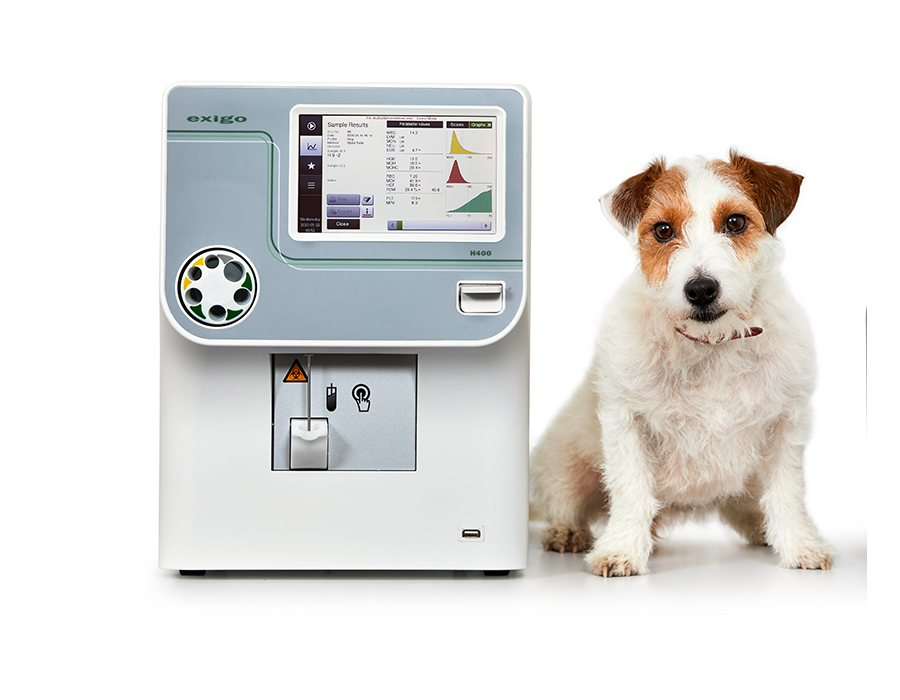Prognostic value of NEU-to-LYM ratio in female dogs with mammary tumors
Researchers in Mexico found pre-treatment NEU-to-LYM ratio, a blood cell marker for systemic inflammation, to have a prognostic value for the survival rate after surgery of female dogs with mammary tumors.
Mammary gland tumors in female dogs
Cancer is a major cause of death in dogs in the developed world (1). In female dogs, mammary gland tumors are the most common neoplasm, that is, abnormal and excessive growth of tissue (2). Diagnosis and assessment of grade of malignancy to estimate the prognosis is mainly performed by histopathological examination of the suspected tissue under the microscope (3, 4). A biomarker that could suggest an abnormal growth more likely being either benign or malignant before performing surgery would be helpful for treatment planning.

NEU-to-LYM ratio, a prognostic marker
Inflammation is recognized as part of cancer development, and blood markers of systemic inflammation, such as the neutrophil-to-lymphocyte ratio (NLR) and albumin-to-globulin ratio (AGR), have been suggested as prognostic factors in humans. As they have not been explored enough in for cancer development in veterinary medicine, Eileen Uribe-Querol and colleagues at the Universidad Nacional Autónoma de México, Mexico City, Mexico investigated the prognostic value of these markers in female dogs with mammary tumors (4). Hematology parameters were obtained from blood samples collected prior to surgery using the Exigo veterinary hematological analyzer and by microscopic examination of blood smears. Included in the study were 45 female dogs with mammary gland tumors and 25 healthy female dogs, ranging from small Chihuahua to large Husky breeds.
Results show that a higher pre-treatment NLR value (NLR > 5) was associated with less survival rate, whereas AGR did not show any predictive value on the malignancy of the tumor. By combining the NLR value with AGR, the dog’s age, and the size of the tumor in a principal component analysis (PCA), however, the grade of the tumor and the survival after surgery could be appropriately predicted.
The researchers conclude that their findings strongly suggest pre-treatment NLR to have a prognostic value for the survival rate after surgery of dogs with mammary tumors. The possibility to foresee the behavior of the tumor before performing any surgery can be particularly important in cases of older dogs or when dog owners’ finances are limited.

Learn more
Learn more about the clinical utility of the Exigo automated veterinary hematology system
References
1. Sarver et al. Increased risk of cancer in dogs and humans: a consequence of recent extension of lifespan beyond evolutionarily-determined limitations? Aging Cancer 3, 3–19 (2022).
2. Pastor et al. Epidemiological study of canine mammary tumors: age, breed, size and malignancy. Austral J Vet Sci doi.org/10.4067/S0719-81322018000300143 (2018).
3. Vazquez et al. Canine Mammary Cancer: State of the Art and Future Perspectives. Animals (Basel) 13, 3147 (2023).
4. Uribe-Querol et al. Neutrophil to lymphocyte ratio and principal component analysis offer prognostic advantage for dogs with mammary tumors. Front Vet Sci 10:1187271 (2023).
